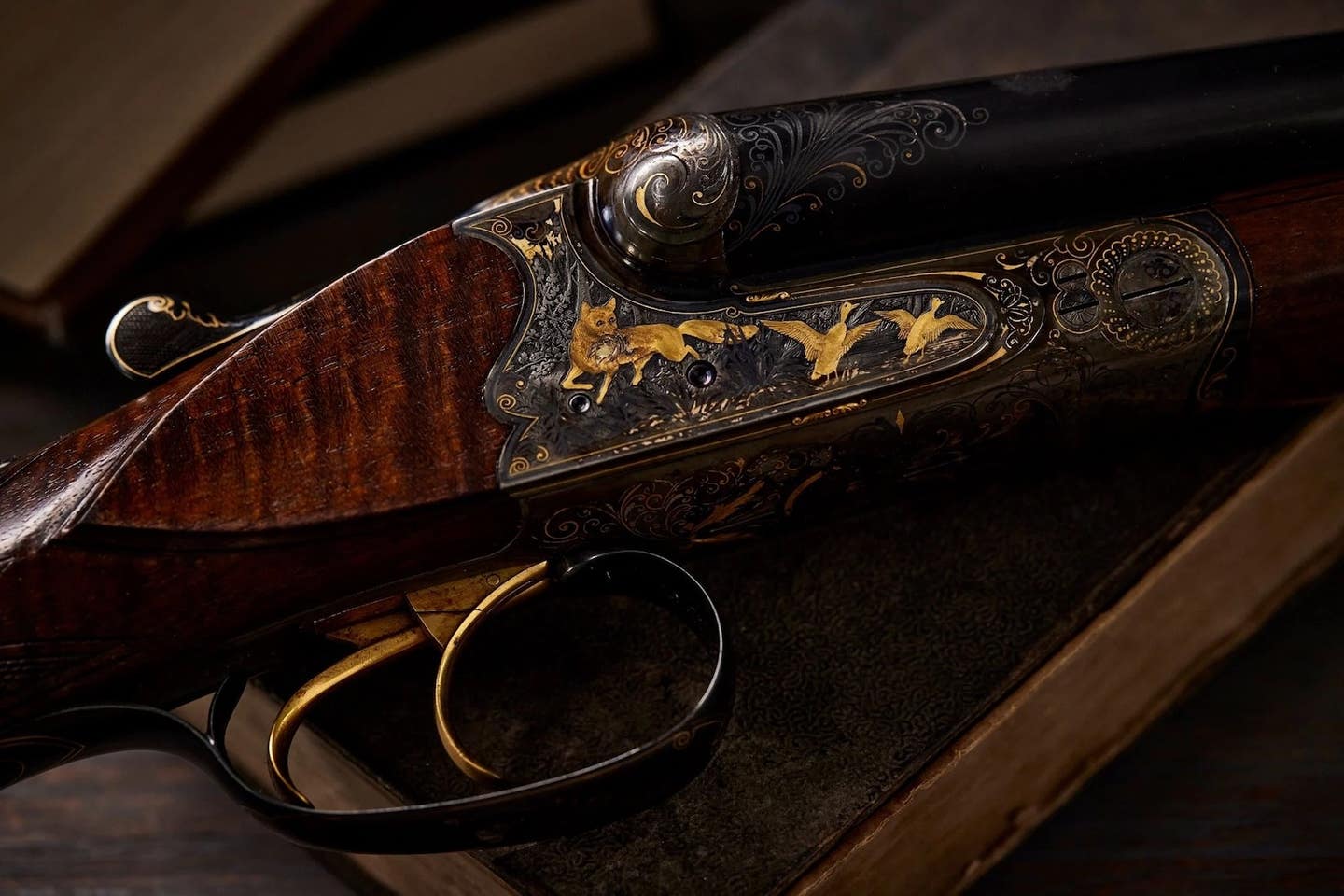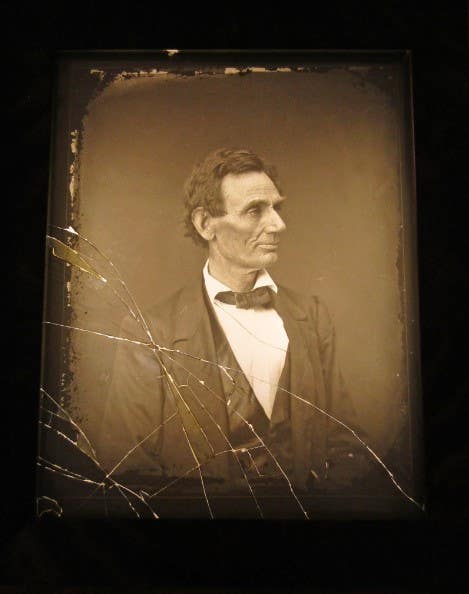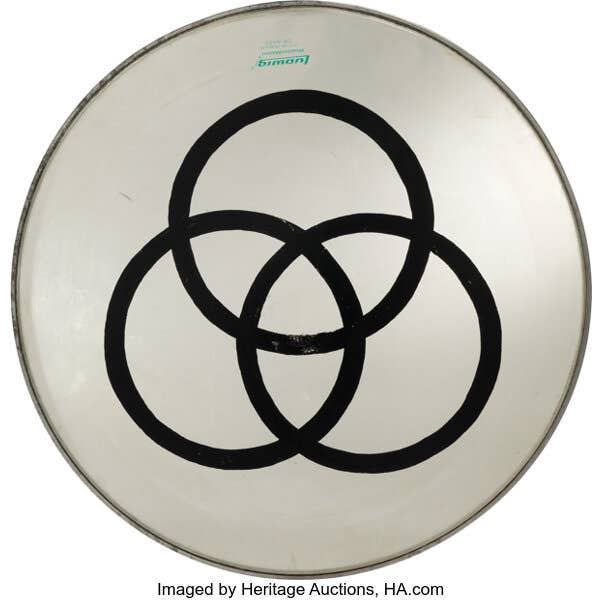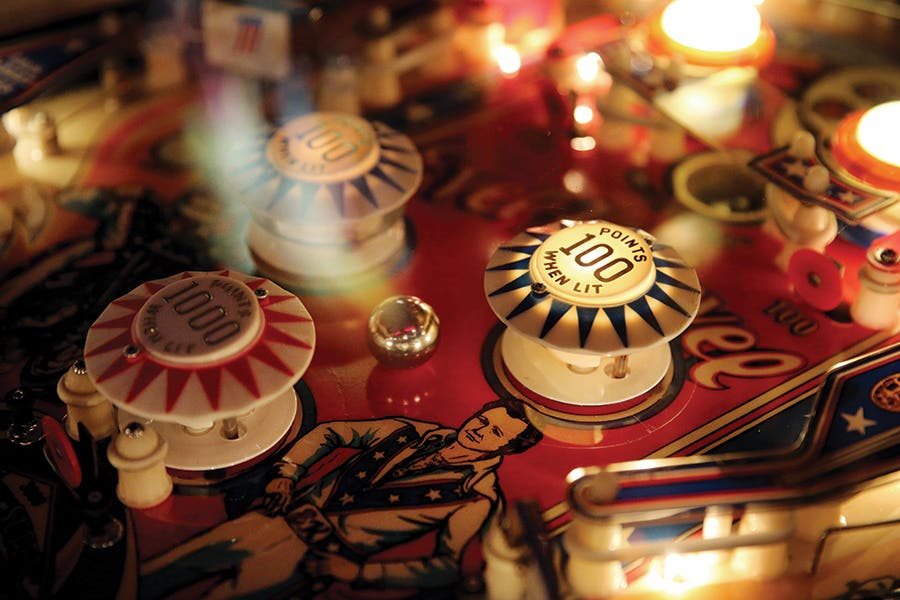Loving care of ‘sleepy eye’ Madame Alexander ‘Alice’ proves valuable
In a recent installment of Ask the Experts, Dr. Anthony J. Cavo shares some exciting news and praises a long-time doll owner for her care of a Madame Alexander Alice in Wonderland Doll.
Q The beautiful Madame Alexander Alice pictured here was my first Christmas doll.
I am 78 years old, and I receive her 68 years ago. She has spent most of her life in a cotton pillowcase. Her apron was washed and ironed, but the rest of her clothes have not been removed.
I had her appraised many years ago, so I need a new appraisal.
She has “sleepy eyes.” Her arms and legs can be moved, and her head can be adjusted. Plus, her costume is original. She is approximately 11 inches tall.
I want to sell her so someone else can enjoy her.
Thanks for your help,
—N.VS., Honolulu, Hawaii
Madame Alexander doll bears indicators of quality care
A These are the stories we all love to hear and yours is particularly sweet. What better provenance can be asked for than a child’s lifelong relationship with a cherished toy? How touching to know you love your doll so much that you are searching for that right person to assume her guardianship. To quote the Mad Hatter: “I’m investigating things that begin with the letter M.” In this case it’s a Madame Alexander Alice in Wonderland Doll. What you have is a vintage 1947-1948 Madame Alexander Alice In Wonderland Doll. She appears to be superior condition (we should all look this good at 70). If you measure Alice you will find she is actually around 14.5 inches tall.
As you mention she does have “sleep eyes” or eyes that open when the doll is standing and closed when the doll is on her back. A word of caution: NEVER store a doll with sleep eyes on its back – this places too much stress on older dolls that have weighted eyes, which may loosen and even fall out into the head. Always store these dolls on their fronts.
Original clothing aids in evaluation
Your doll has the original clothing (shoes, stockings, dress, apron, pantaloons, hair ribbon) and the original green clover leaf arm tag; these are all very important things to consider when evaluating such a doll. If you look within the collar of the clothing you will see a dress label that says, “Madame Alexander, N.Y., U.S.A” and a register number. The hair, unlike many earlier dolls with human hair, is mohair. The Madame Alexander Alice in Wonderland Doll can be seen featured on page 15 in the book “Madame Alexander Dolls on Review” by Marjorie Uhl.
I have examined enlargements of your photo to check for any cracks or crazing in the composition arms and face; I did not see any.
Although doll prices, as in everything else, have declined in recent years I am confident, assuming there are no cracks or crazing, that your beautiful doll would have a starting price of $1,800 to $2,000.
Plique-a-jour vase might sell at auction for $1,400
Q I have many antiques, and this spring I was privileged to buy a collection of several generations. Among other things there were around 34 glass tumbles of all kinds of colors and age.
The picture I am sending you is of a very beautiful, and different item from any I have seen. It is signed on the bottom Aug Herligenstern 1924. It measures 1 3/4” diameter bottom, 2 7/8” on top, and 3 7/8” tall.
I hope I am getting the signature and size right. All the other tumblers are tumblers. This, however, is smaller on the bottom, so it could be a small vase. If you can give me any information about this item I would be very happy.
It has two dark blue parrots sitting on a branch, also two flying parrots on each side. When I hold it up to the light, it looks like stained glass — very unusual colors — green, gold, orange, and gold-blue.
—J.D.
Bozeman, Mont.
Evolution of Glass Designer Revealed In Plique-a-jour
A The name you see “Aug Herligenstern” is actually “Aug Heiligenstein” whose full name is Auguste Claude Heiligenstein (1891-1976). In 1902 he was employed by the Legras glass factory in Saint-Denis, France and rapidly became an apprentice decorator as a result of his phenomenal drawing skills. From there he became a decorator in the workshop of Baccarat and in 1908 was employed by the famous Marcel Goupy who drew designs for which Heiligenstein did the enameling; however, Goupy would not permit him to sign his work.
He became independent in 1923 and married Odette Chatrousse who introduced him to ceramic work. In 1924, the year your piece was made, he received a gold medal from the Salon des Artistes. His work is exquisite and highly sought after.
Plique-a-jour technique reflective of stained glass
The method used to create your vase is known as plique-à-jour, which literally translated from French does not make sense in this regard but which is more widely and loosely accepted as “letting in daylight.” The plique-à-jour enameling technique is reminiscent of stained glass in that a basic framework exists and with both techniques light passes through; this is an effect not seen with cloisonné or champlevé, which is enameled on a metal base.
In plique-à-jour, enamel is applied to an open framework or cells. Very often, the work has a temporary backing to secure the enamel; the backing is later removed to allow the passage of light. Although most people today associate plique-à-jour with the wonderful Art Nouveau jewelry of Tiffany and Lalique, the technique was invented in the sixteenth century by goldsmith Benevento Cellini.
Current market for plique-a-jour maker's work healthy
It is not clear from your letter if the other items you purchased are also plique-à-jour, so I will only address the vase for which you supplied a photograph. In a word it is wonderful and you are so fortunate to have come across this true piece of fine art. The market for Heiligenstein’s work is strong, especially in France. Fortunately, in terms of auctions, France is only a telephone bid or mouse click away.
I would say that conservatively your bird motif vase would sell in the $1,000 to $1,400 range at auction in one of the bigger auction houses and possibly more depending on the mood and competitive nature of the bidders.
Thank you for sharing this truly fine-looking example of Heiligenstein’s work and giving us the opportunity to discuss the magnificent art of plique-à-jour.








